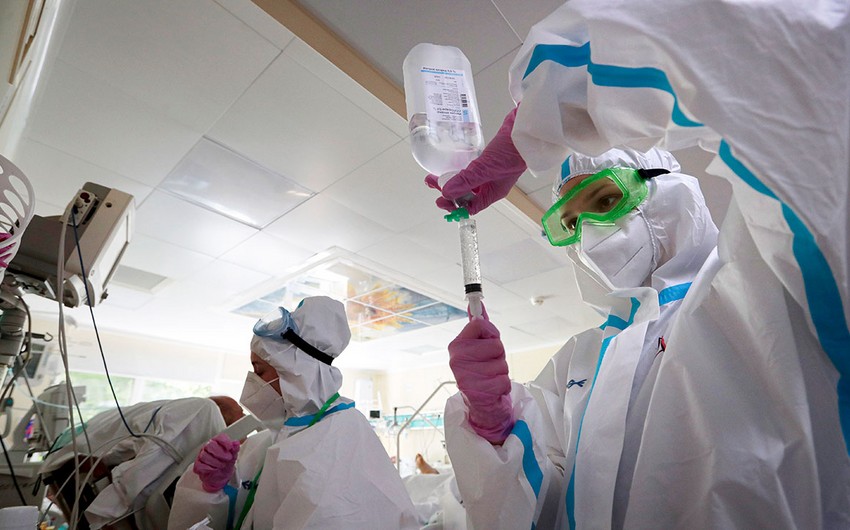
Chinese market samples suggest COVID-19 came from animals, not lab, say experts
19 March 2023
Genetic material collected from a Chinese market near where the first human cases of COVID-19 were identified shows that raccoon dog DNA was mixed with the virus, adding evidence to the theory that the virus originated from animals, rather than a lab. Many scientists believe the virus most likely jumped from animals to people at a wildlife market in Wuhan, China. However, Wuhan is also home to several labs involved in collecting and studying coronaviruses, fuelling theories that the virus may have leaked from one. The new findings do not settle the question, and they have not been formally reviewed by other experts or published in a peer-reviewed journal. The samples were collected from surfaces at the Huanan seafood market in early 2020, where the first human cases of COVID-19 were found in late 2019. The data show that some of the COVID-positive samples collected from a stall known to be involved in the wildlife trade also contained raccoon dog genes, indicating the animals may have been infected by the virus. However, the coronavirus’ genetic code is strikingly similar to that of bat coronaviruses, and many scientists suspect COVID-19 jumped into humans either directly from a bat or via an intermediary animal like pangolins, ferrets or raccoon dogs.
WHO Director-General Tedros Adhanom Ghebreyesus said: “These data do not provide a definitive answer to how the pandemic began, but every piece of data is important to moving us closer to that answer.” Tedros criticized China for not sharing the genetic information earlier, telling a press briefing that “this data could have and should have been shared three years ago.”
The new study offers clues to help understand what may have happened and is the first solid indication that there may have been wildlife infected with the coronavirus at the market, according to Stephen Goldstein, a virologist at the University of Utah who was involved in analyzing the data. However, WHO’s COVID-19 technical lead, Maria Van Kerkhove, cautioned that the analysis did not find the virus within any animal, nor did it find any hard evidence that any animals infected humans.
WHO Director-General Tedros Adhanom Ghebreyesus said: “These data do not provide a definitive answer to how the pandemic began, but every piece of data is important to moving us closer to that answer.” Tedros criticized China for not sharing the genetic information earlier, telling a press briefing that “this data could have and should have been shared three years ago.”
The new study offers clues to help understand what may have happened and is the first solid indication that there may have been wildlife infected with the coronavirus at the market, according to Stephen Goldstein, a virologist at the University of Utah who was involved in analyzing the data. However, WHO’s COVID-19 technical lead, Maria Van Kerkhove, cautioned that the analysis did not find the virus within any animal, nor did it find any hard evidence that any animals infected humans.












